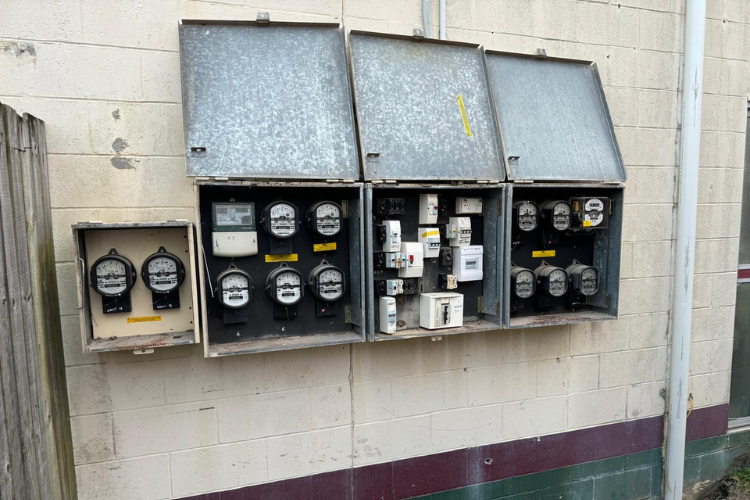Insights & Expertise
From the Field

Your switchboard is the heart of your property’s electrical system. It distributes power safely throughout your home or building and protects you from electrical faults. But like any critical system, switchboards don’t last forever. Many older boards were never designed to handle today’s electrical loads or modern safety requirements.
If you’re unsure whether your switchboard needs attention, here are the key warning signs to look out for:
1. Your Board Still Uses Ceramic Fuses
If your switchboard contains ceramic re-wireable fuses instead of modern circuit breakers, that’s a red flag. Fuses were standard decades ago, but they’re not designed to handle today’s appliances or safety expectations. They provide limited protection and are prone to overheating or even fire under heavy loads.
Rule of thumb: If you see porcelain blocks with wire links, it’s time to plan an upgrade.
2. No Safety Switches (RCDs) Installed
Safety switches (also known as RCDs – Residual Current Devices) are life-saving devices that shut off power instantly if they detect current leaking to earth — protecting people from electric shock.
- Since 1992, safety switches have been mandatory on power circuits in new homes.
- Since 2000, they’ve also been required on lighting circuits.
If your board doesn’t include RCDs on every circuit, it’s not compliant and puts you at serious risk.
3. Frequent Tripping or Power Outages
Do your breakers trip often? Does power cut out when you run multiple appliances at once? This usually indicates your switchboard can’t handle the load. Modern properties draw far more power than those built in the 70s, 80s, or even 90s — air-conditioning, multiple fridges, induction cooktops, EV chargers.
A constantly tripping board isn’t just an inconvenience — it’s a warning signal.
4. Visible Signs of Damage or Overheating
Look for:
- Burn marks or melted plastic around breakers/fuses
- Buzzing, crackling, or a burning smell
- Loose or tangled wiring inside the board
These issues can quickly escalate into a fire hazard and should be inspected immediately.
5. Your Property is Over 25 Years Old
If your home or building hasn’t had a switchboard upgrade in more than 25 years, chances are it’s no longer compliant. Electrical safety regulations have evolved dramatically, and old switchboards simply weren’t designed with today’s safety standards in mind.
Why an Upgrade Matters
Upgrading your switchboard isn’t just about compliance — it’s about protecting lives and property. A modern switchboard with RCD protection reduces fire risk, prevents electrocution, and ensures your insurance remains valid in the event of an incident.
What To Do Next
If any of the signs above sound familiar, don’t ignore them. Arrange a professional inspection with a licensed electrical contractor who specialises in switchboard upgrades. We assess your current board, identify compliance gaps, and provide upgrade options tailored to your property.
.svg)